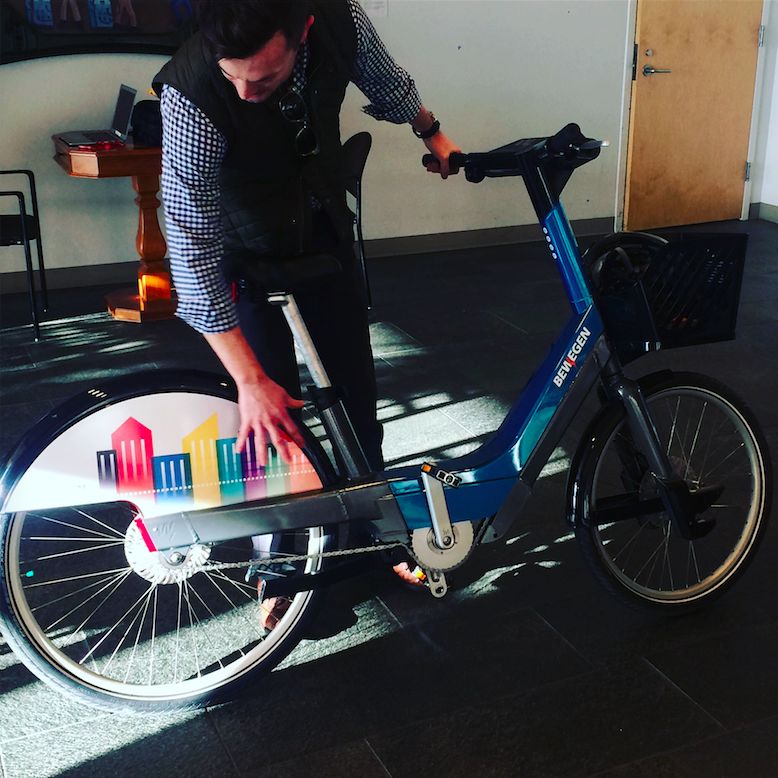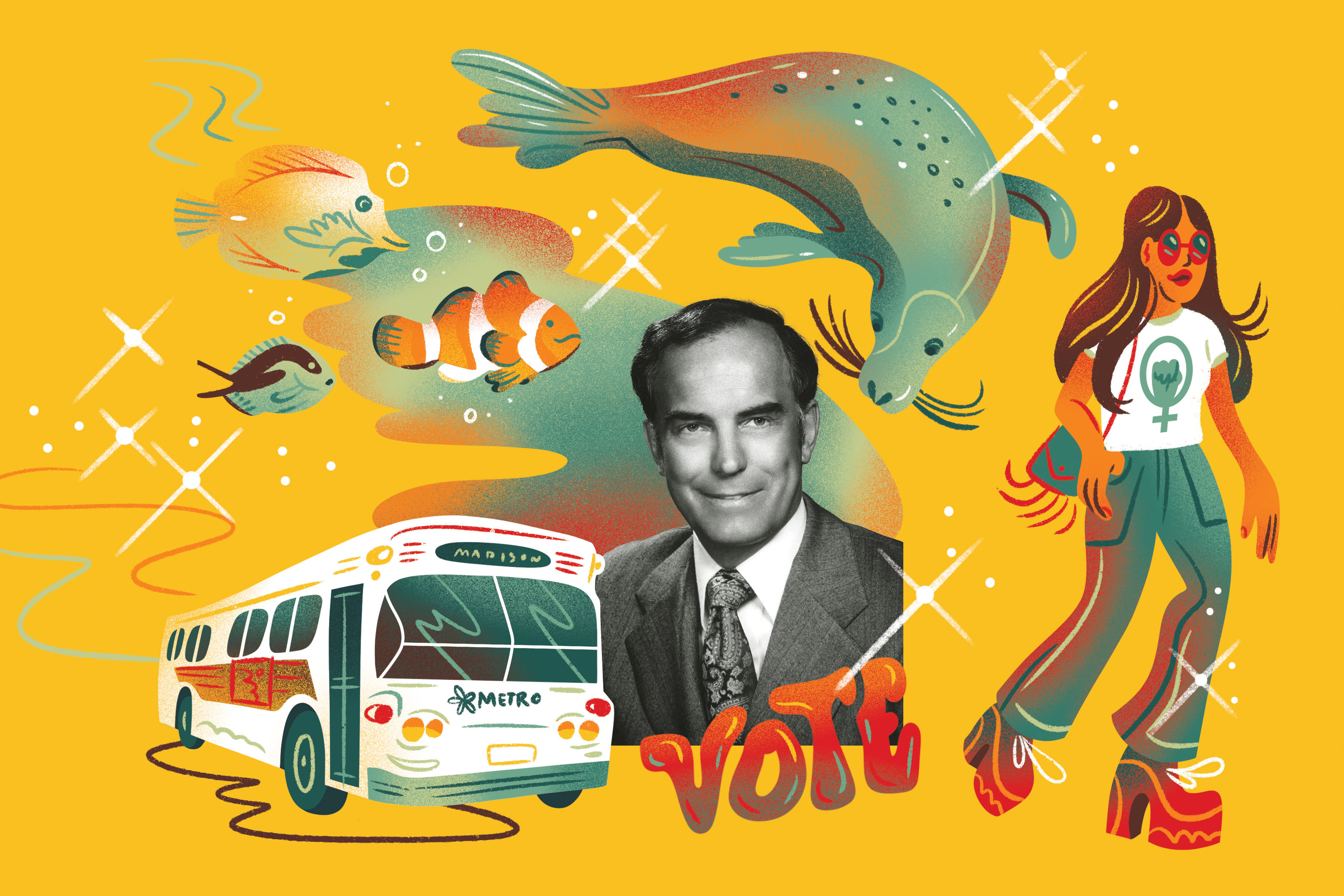2 Controversial Council Votes Return: The SoDo Stadium and Bike Sharing

1. Single-use districts, like, oh, let's choose an example…stadium districts!...don't strike me as a very good idea. The stadium light rail station in SoDo, where we've constructed a whole convoluted path to funnel people to and from the baseball stadium, upending any potential to create a real neighborhood there, is a perfect symbol of city planning gone awry.
However, Seattle Transit Blog’s Zach Shaner makes the case that if we’re now choosing between a third SoDo arena and a revamped KeyArena in Lower Queen Anne for a future Sonics stadium, we should cut our losses and sequester the stadium in SoDo rather than putting Queen Anne at risk.
This was eye opening for me. My feeling had always been that putting a stadium into a jumbled mixed-use neighborhood like Lower Queen Anne is better for the life of a city than writing off entire swaths of urban real estate to game days. But Shaner points out that a revamped Key would waste the transit urban hub potential in Lower Queen Anne. (And let’s be honest, the NBA model doesn’t envision activating the streets around a stadium anymore, it’s all about building a one-stop-shop night out inside the arena.)
Check out Shaner’s proposal for the Key site: Build housing.
Key Arena sits on 48 historic parcels covering most of 4 city blocks, and it’s only used every 3 weeks or so for concerts and other events. If there were a successful renovation and if that were to draw a team, you could add another 40 days a year of activation. But that would still leave 300 days a year in which people would walk, bike, bus, train, and drive around it as an obstacle, rather than to it as a destination.
Sodo will never be good for dense housing, but LQA will. LQA will never be good for SOV access, but Sodo will. And while Sodo is less transit-accessible than LQA will be, better to solve an occasional problem than limit an everyday social good (housing). Mr. Murray, tear down this Key.
(And P.S. Shaner has a great aside about why Husky Stadium is the city’s poster child of bad transit development.)
2. As long as I’m channeling other blogs this morning—and talking about previous council votes that seem cued up to come before the council again—Tom Fucoloro published a good summary of the new bike share debate that’s on the docket during this year’s budget.
The council is considering shutting down the existing bike share program before the new bike share system, supposedly launching next spring, goes online.
Fucoloro says that would be a bad idea.
The existing Pronto system does need those funds. The new system is aiming for a spring/summer 2017 launch, but that timeline may prove too tight. If the launch slips too far into summer, the city will (wisely) hold the launch until spring 2018. Pronto was supposed to stay in operation until a new system is ready to launch.
In the meantime, people are still taking thousands of trips every week on the bikes. While that may not be enough trips to make the system financially solvent, those trips do matter. Shutting the system down in January would create a gap in service as long as a year and a half, and that could drive users away and make it harder to relaunch. It was not discussed, but warehousing the equipment will likely cost money, too.
A few model versions of the electric assist bikes that will make up the new 1,200 bike share fleet were on display at city hall last Friday.

The new system will have 100 stations too; the current system has just 54 stations and only 500 bikes.
With a goal of kicking off the new system in the summer, SDOT is hoping the council approves $200,000 to keep running the old system during the first quarter of this year, arguing that shutting it down now will flummox existing users and undermine the city's ability to get a blockbuster sponsorship on any new system.
SDOT plans to sell the current infrastructure to another city, by the way; they say it's worth $1.2 million.
The winning bidder for the new system, Bewegen, will split the profits on the new system with the city (the city is paying Bewegen $4.7 million up front for Bewegen's new system and Bewegen is putting in about $1.1 million.) The city will also share the sponsorship dollars, but will get a bigger share of those.




